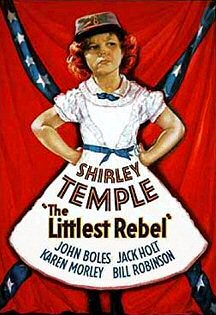 I had a wonderful time earlier this week in Batavia, New York, where I presented a talk on the battle of the Crater. Around 70 people showed up for a two-hour presentation. I spoke for the first hour and fielded questions for the second. The audience was engaged throughout and asked some excellent questions.
I had a wonderful time earlier this week in Batavia, New York, where I presented a talk on the battle of the Crater. Around 70 people showed up for a two-hour presentation. I spoke for the first hour and fielded questions for the second. The audience was engaged throughout and asked some excellent questions.
Before the talk I had a chance to chat with a gentleman who sported both a t-shirt and cap with a Confederate flag. I asked him about his interest in the Confederacy and expected him to say that he was born further south or that he had lived in a southern state at one time. No, born and raised in upstate New York. I pressed him a bit further and he did mention the history of Town Line, New York, which voted to secede from the state in 1861. He asked me whether I believed Confederate soldiers deserved to be officially recognized by the federal government on Memorial Day and I did my very best to avoid giving an answer.
If you are confused, don’t be. We would do well to remember that many of our most cherished images of the South and the Confederacy are the result of marketing efforts located in other parts of the country. Karen Cox explores this in her recent book, Dreaming of Dixie: How the South Was Created in American Popular Culture. Here is a concise overview from H-Net:
Using popular songs, advertising, radio shows, movies, and travel literature, Cox investigates how non-southern Americans came to understand the South in the period from the late nineteenth century through World War II. Although southerners sometimes had a hand in this process, Cox argues, it was largely non-southerners who marketed and disseminated what the nation came to understand as Dixie. Through a catalog of stock southern images, Madison Avenue, Tin Pan Alley, and Hollywood perpetuated the idea of a romantic, premodern South that appealed to non-southern Americans grappling with the challenges of a modern, urban, industrial world. Southerners, too, capitalized on the connection between mass culture and consumerism and provided non-southern tourists with exactly what they expected of Dixie. These images, of course, also helped sustain beliefs about race that cemented Jim Crow as the southern racial status quo. Ultimately, Cox concludes, “‘Dixie’ was not simply a reference to a region” (p. 36). It was an idea, it was a brand, and, she contends, it was shaped outside the South.
I never did get a sense of why this gentleman so closely identified with the Confederate flag, but that really doesn’t matter. Dixie Outfitters markets to everyone.
Northern CSA aficionados are even more blind to the causes and meraning of the war than Southern ones.
To a Northern fan the CSA just stands for standing up to ‘the man” and an ever intruding system.
I think there’s a story by O. Henry about the cult of the confederacy in NYC in the 1890s.
Although that is true about non-Southeners, we shouldn’t forget the likes of Thomas Page Nelson, who’s discussed Race and Reunion. Based on those images created, and I’m just theorizing here, non-Southeners then probably took those images that they had floating in their minds and further distilled it into the American consciousness.
As far as Northeners sporting Confederate memorabilia I’ve never understood that. As a person born in New York city, I always knew Northern NY State was different than the Southern part of NY, kind of like the North and South in the USA.
I wrote about the secession of Townline, NY last year. The explanations about the reasons for secession that are typically given-conscription and the prison at Elmira -are problematic because of the timing of secession. I think ethnic isolation and the effect of the Know Nothings are more likey to have driven the move. http://www.longislandwins.com/index.php/blog/post/why_did_an_upstate_new_york_town_join_the_confederacy/
Thanks for the link. I love that firefighters patch.